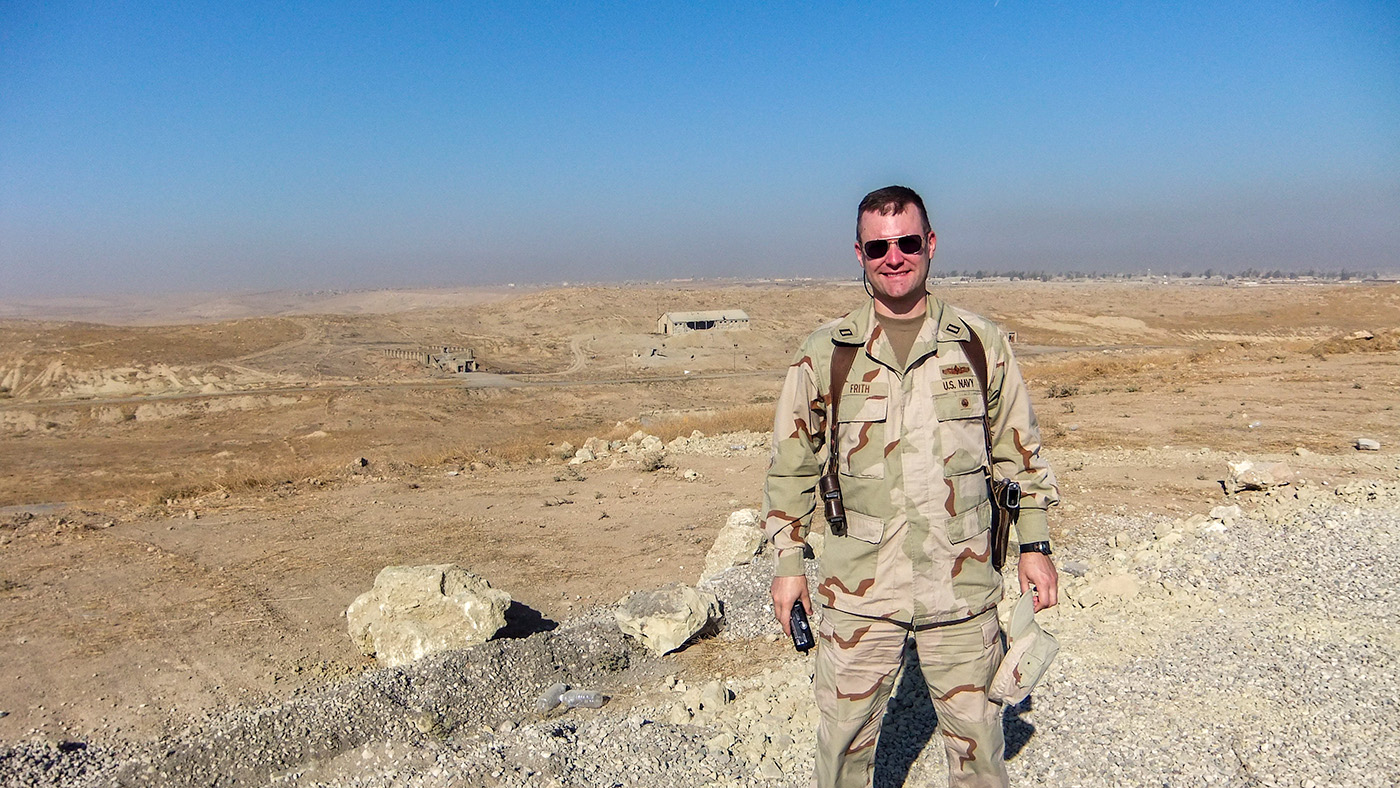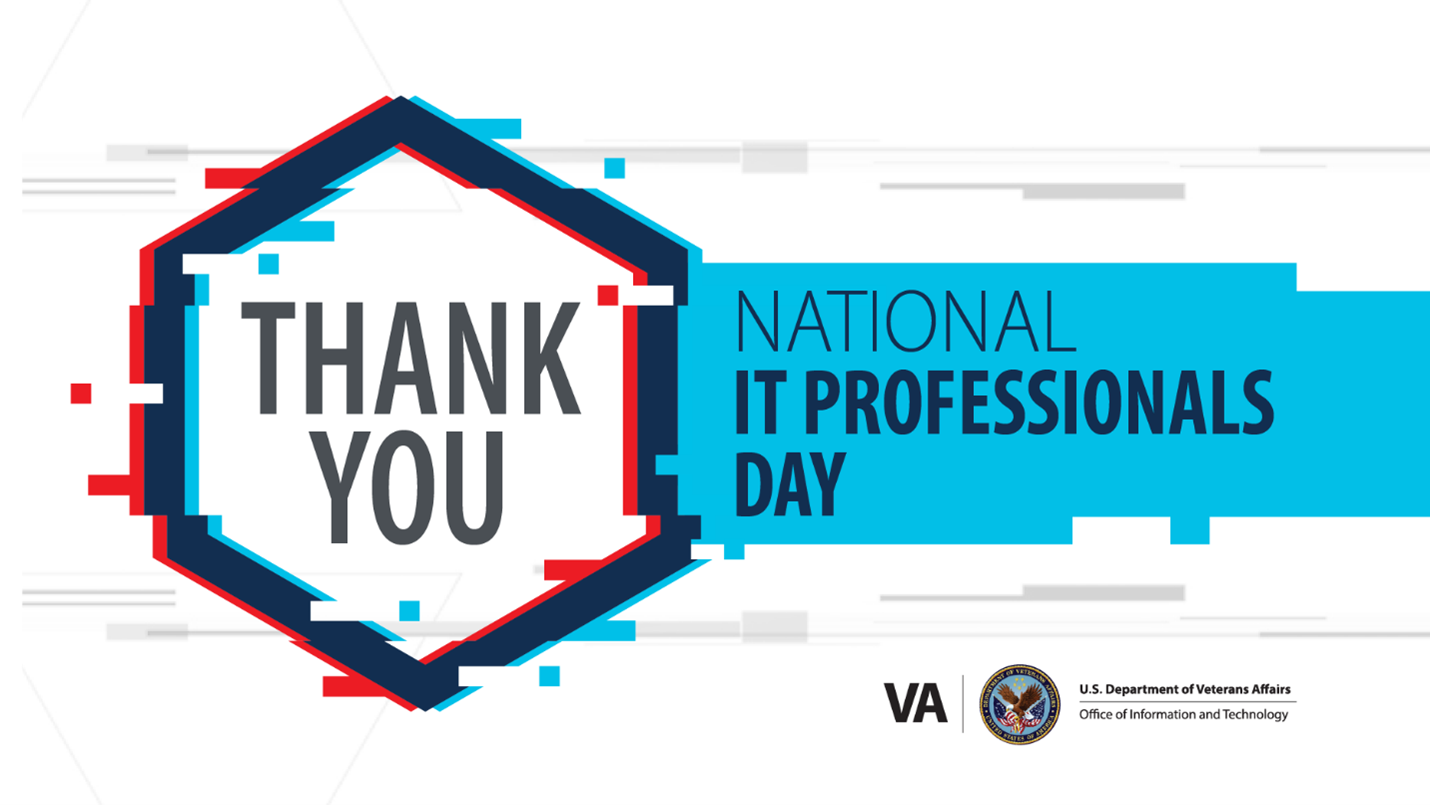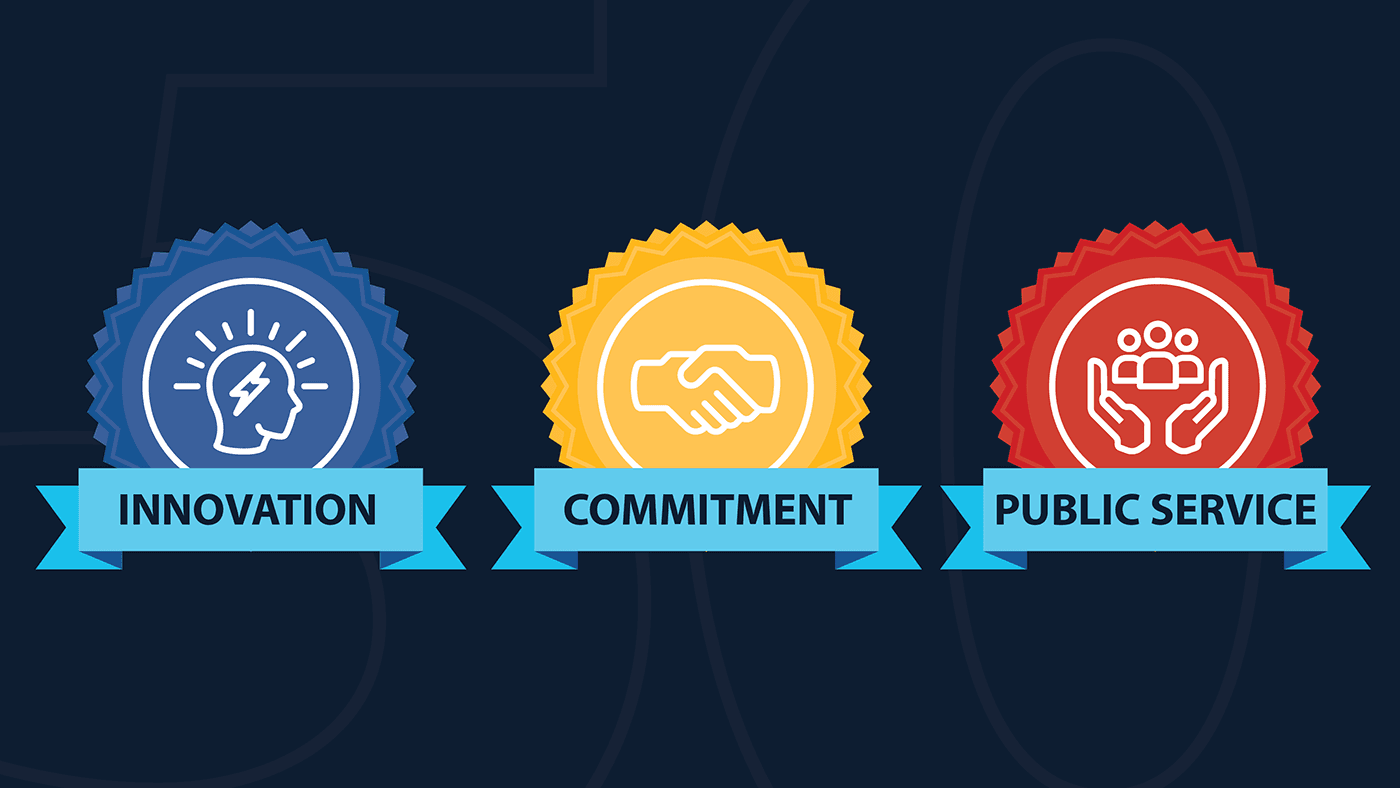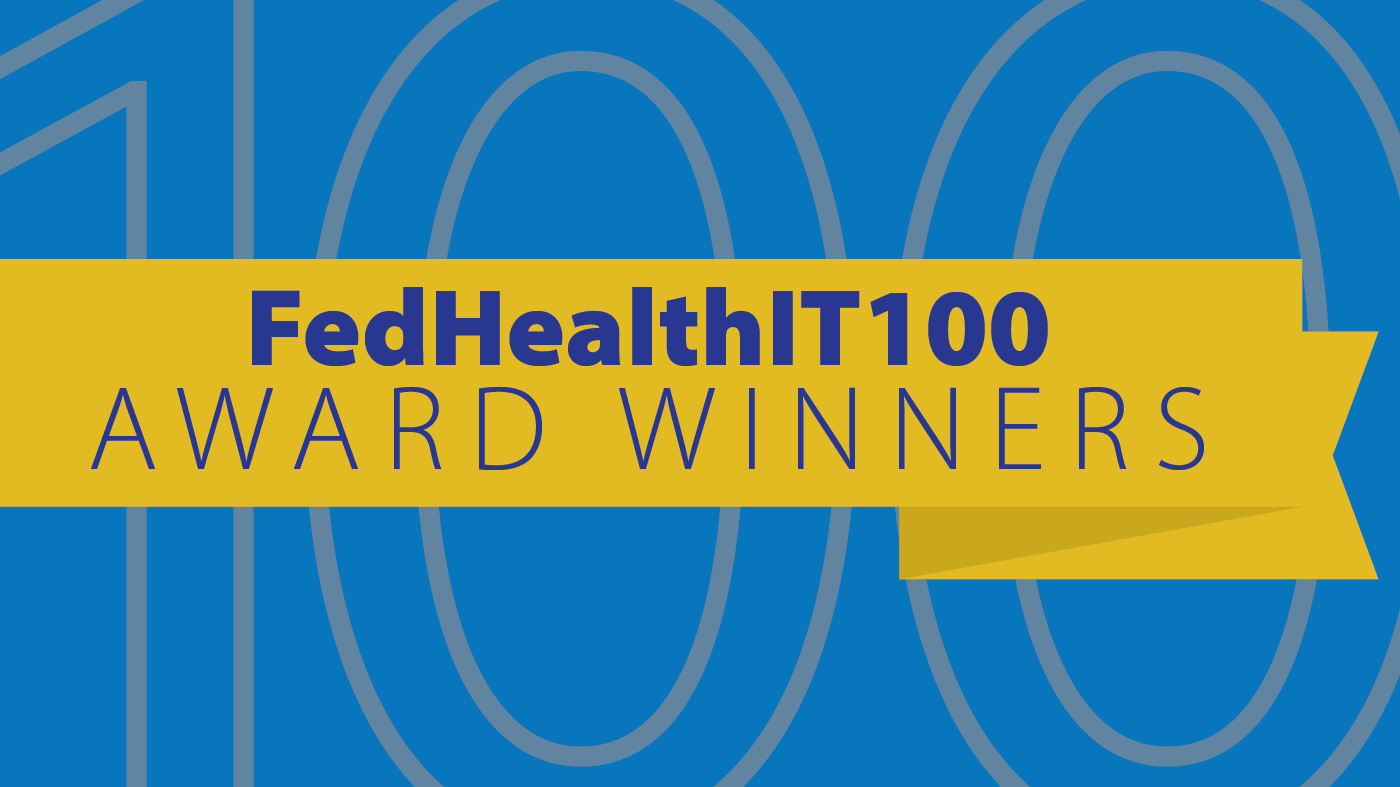Appears In
A two-mile run is the fitness standard for soldiers preparing for deployment—the clock starts, feet pound the pavement, and breathing rhythmically regulates—in and out, matching a cadence of heel strikes. For Chet Frith, this two-mile run is no longer achievable due to constrictive bronchiolitis, a condition he likely contracted while stationed overseas during his service in the U.S. Navy. His 22-year span of service saw him working as an electrician and steering ships as a surface warfare officer.
Constrictive bronchiolitis occurs when the small airway branches of the lungs, or bronchioles, are compressed and narrowed by fibrosis, or scar tissue, and irritation. During Frith’s last deployment to Iraq, he was exposed to an irritant that greatly impacted his breathing. Following an asthma diagnosis, he was hospitalized five times within a year—his last on active duty. A lung biopsy revealed the fibrosis in his lungs.
“If you have a splinter that gets under your skin, you have blisters and a callous and your body protects you from that foreign substance. Essentially the same thing is happening with my lungs,” he explains. “It turns into fibrosis. The bronchioles are no longer useful. In a normal person, their bronchioles would expand the capabilities of your lungs. I’ve lost that function. Sitting down is fine, but as soon as I get up and start walking, I get winded very quickly.”
Constrictive bronchiolitis is a rare but serious condition resulting in progressive and irreversible airway obstruction. At present, the only way to definitively obtain the diagnosis is through a lung biopsy, which is often risky. For Frith, the decision to explore his diagnosis was an easy one.
“I’m kind of the guinea pig. I’m glad I got the diagnosis so now I can hopefully help other Veterans.”
Because Mr. Frith’s case is incredibly advanced, his medical team uses his progress to inform treatment of other patients with the same diagnosis. But that’s not the only way Mr. Frith helps others—his career with the Department of Veterans Affairs gives him a front-row seat to The Sergeant First Class Heath Robinson Honoring Our Promise to Address Comprehensive Toxics Act of 2022 — or the PACT — Act, which allows Veterans like him to receive expanded VA health care after being exposed to burn pits and other substances.
Connection 1 to the PACT Act: A Veteran receiving VA health care
While the exact cause is still unknown, fortunately for other Veterans, this condition and others are covered by the PACT Act. Signed in August 2022, the PACT Act is perhaps the largest health care and benefit expansion in the history of the Department of Veterans Affairs. It expands and extends eligibility for VA health care for Veterans with toxic exposures and Veterans of the Vietnam, Gulf War, and post-9/11 era. Now, more than 20 presumptive conditions, or a condition automatically assumed to have been caused by military service, are covered, including exposure to burn pits, radiation, Agent Orange, and other toxins. The Act also requires VA to provide a toxic exposure screening to every Veteran enrolled in VA health care.
For Veterans like Mr. Frith, the PACT Act is a major game-changer for health care. “It’s a pain to have to prove that a condition happened or was aggravated while they were in service, which is difficult,” he says. “Who’s to say I didn’t go out and smoke something crazy? And then it’s on me to prove that I didn’t. It’s very tough. So now Veterans don’t have to go back and prove it. It’s automatically assumed that yes, it did occur while they were in service. The burden of proof is no longer on the Veteran.”
Connection 2 to the PACT Act: An advocate
The first time Mr. Frith heard of the PACT Act, he had an appointment with Dr. Robert Miller at Vanderbilt University.
“This was in 2018 or 2019,” he recalls. “He’s the one person that’s really done a lot of research on this disease, particularly with Veterans. He went ahead and did lung biopsies on them, and 50 Veterans ended up with this diagnosis that I have.”
Dr. Miller continued to follow Mr. Frith closely to track the diseases’ progression and guide the treatment of other Veterans. During his appointment, Miller mentioned he’d be traveling to Washington, D.C. to speak about the PACT Act. Mr. Frith decided to follow him there.
“It was interesting to see the beginnings of it,” he says. “And it’s definitely a sense of relief now. There’s relief from so many Veterans who have served and who have been suffering from some sort of respiratory distress or ailment, and they’re finally getting recognition. You could say that it wasn’t just in their mind. Like, it’s really a real thing.”
“Most Veterans are very humble, and…most of them aren’t in it for the money,” he continues. “They just want the recognition that it’s a real thing, your breathing issues are not in your mind. It’s a physical problem. Some of them have had some major surgeries to try to figure this out. And then looking at folks who are still on active duty and are suffering, there’s got to be a sense of relief for them now and their families, because they can retire and be okay.”
Connection 3 to the PACT Act: Joining VA to help implement
Mr. Frith now has an even more personal connection to the PACT Act. He recently joined VA’s Office of Information and Technology (OIT) as a Supervisory Management Program Analyst. In this role, he’s able to see the impact the Act has across the board, from the Veterans Health Administration to the Veterans Benefits Administration and beyond, and what role and importance IT funding and resources are to ensuring VA has the capacity to support Veterans.
“Once I got out of the military, I actually started working for the [Department of Defense]. I worked for the Navy’s Wounded Warrior Program, so I had a real connection to the Veteran. I felt like moving to VA was a logical choice,” he says. “[OIT’s] vision really hit home for me. I love working with folks that are inspired and have that motivation to make things better for Veterans.”
Looking to the future of VA and the PACT Act, Mr. Frith is confident that IT will continue to play a key role in the act’s success.
“I feel that IT is far ahead in VA when it comes to preparation,” he says. “I feel like we have every scenario covered as far as planning. I was very impressed. It’s a huge testament to the entire organization—seeing where IT was in dealing with potential increases in claims submission, potential increases in appointment scheduling… I know it’s going to pay dividends in the end.”
Partnerships between OIT and VA Administrations play a vital role in VA’s ability to deliver on its mission and expansion of PACT Act-related benefits. The Office of Information and Technology represents the value that technology provides to enhance the lives of Veterans and create the best experience for all Veterans.
Beyond the PACT Act, Mr. Frith can see how improvements in IT will greatly benefit the broader VA enterprise. “One of the things I’m proud of that IT does is understanding our customer, understanding the Veteran,” he notes. “To me that’s most important — having that correct and being able to act on it is huge. It makes a big difference. It’s something I feel so proud to be a part of here at VA and I think everyone understands the impact of what the PACT Act is.”
While Mr. Frith’s condition has stabilized, there may come a day when he’ll need a lung transplant. Until then, he’s making use of the treatments VA covers, as well as the telehealth resources OIT supports. He uses liquid oxygen daily, which many providers do not cover, hooked up to a small backpack, allowing for 11 hours of oxygen should he need it.
“VA is always asking me, ‘What can we do?’,” he says. “The nurses will ask, ‘Hey, are you able to walk? Do you need a scooter?’ if I’m going long distances, reassessing and making sure that I have what I need to live a normal life. It’s pretty great to have somebody care that much.”
This desire for normalcy extends to telehealth, which Mr. Frith also uses on a daily basis. Every morning, he checks his blood pressure and oxygen levels and sends it to his care team. A nurse reviews the results and can often tell if Mr. Frith is getting sick before he realizes it.
As of September 4, the Department has supported over 21.8 million telehealth visits since March 1, 2020. OIT’s strong investments in telehealth support and technology have allowed the Department to rapidly expand and support telehealth capabilities at the onset of the pandemic.
“It’s the technology and using that type of stuff at VA that’s just great. I was one of those people that said, ‘I’m never going to VA because it’s a horror,’ but it really isn’t.” In his new role with the Office of Information and Technology, Mr. Frith has a birds-eye view of how important VA’s digital transformation and use of innovative technology is to implement the PACT Act and underly the ability of VA Administrations to provide health care and benefits to Veterans, caregivers and families.
Resources:
- VA PACT webpage
- Tips to avoid PACT Act scammers
- Be vigilant of PACT Act scams video
Our commitment to digital and IT transformation is shaped by our daily dedication to customer service and the close collaboration of our workforce, managers, and leaders. Ready to join us in improving Veterans’ care? Check out all current information and technology career opportunities on DigitalVA. You can also contact VA’s Office of the Chief Human Capital Officer at 512-326-6600, Monday thru Friday, 7 a.m. to 5 p.m. CST or by submitting a resume to VACareers@va.gov.
Topics in this story
In this article






